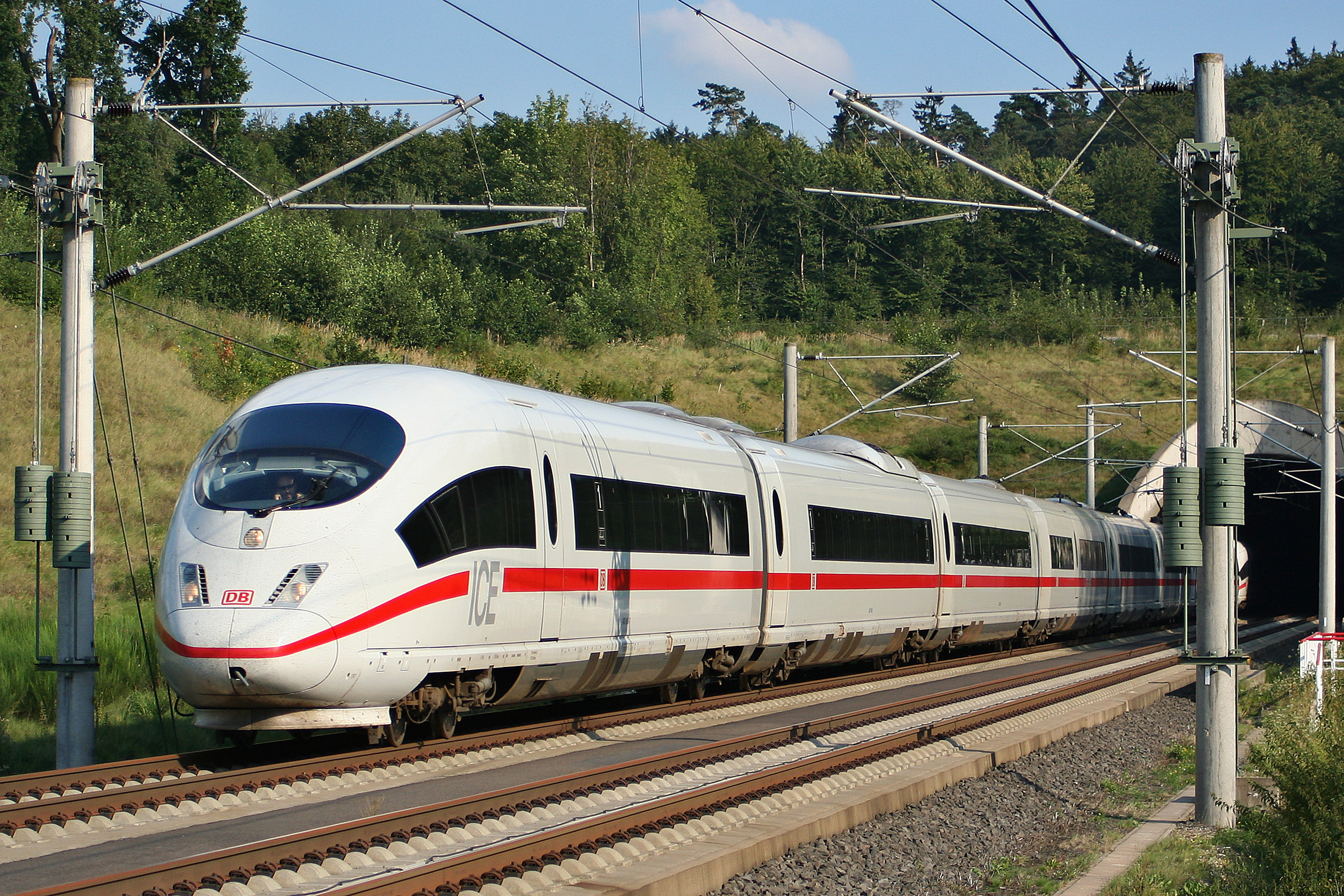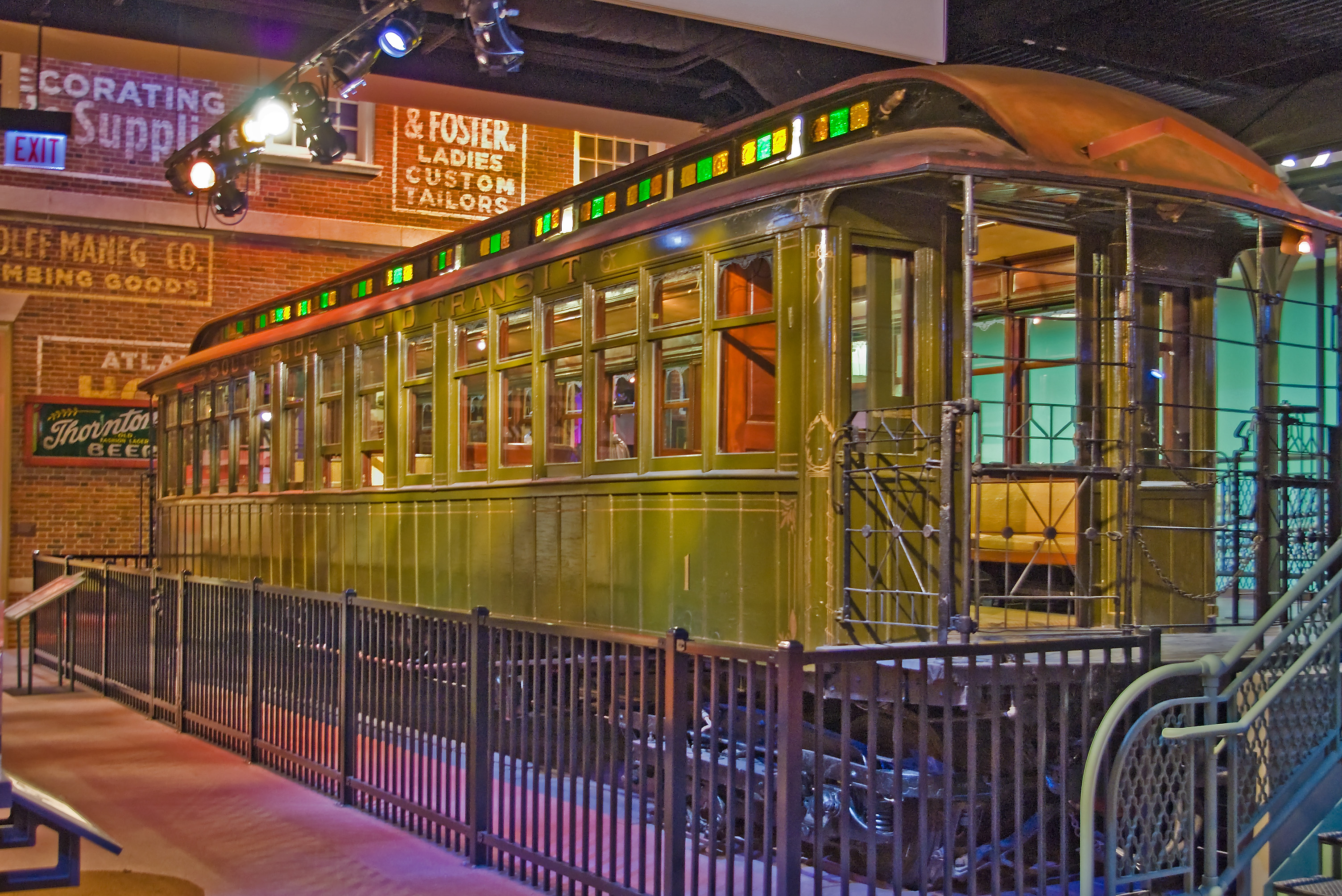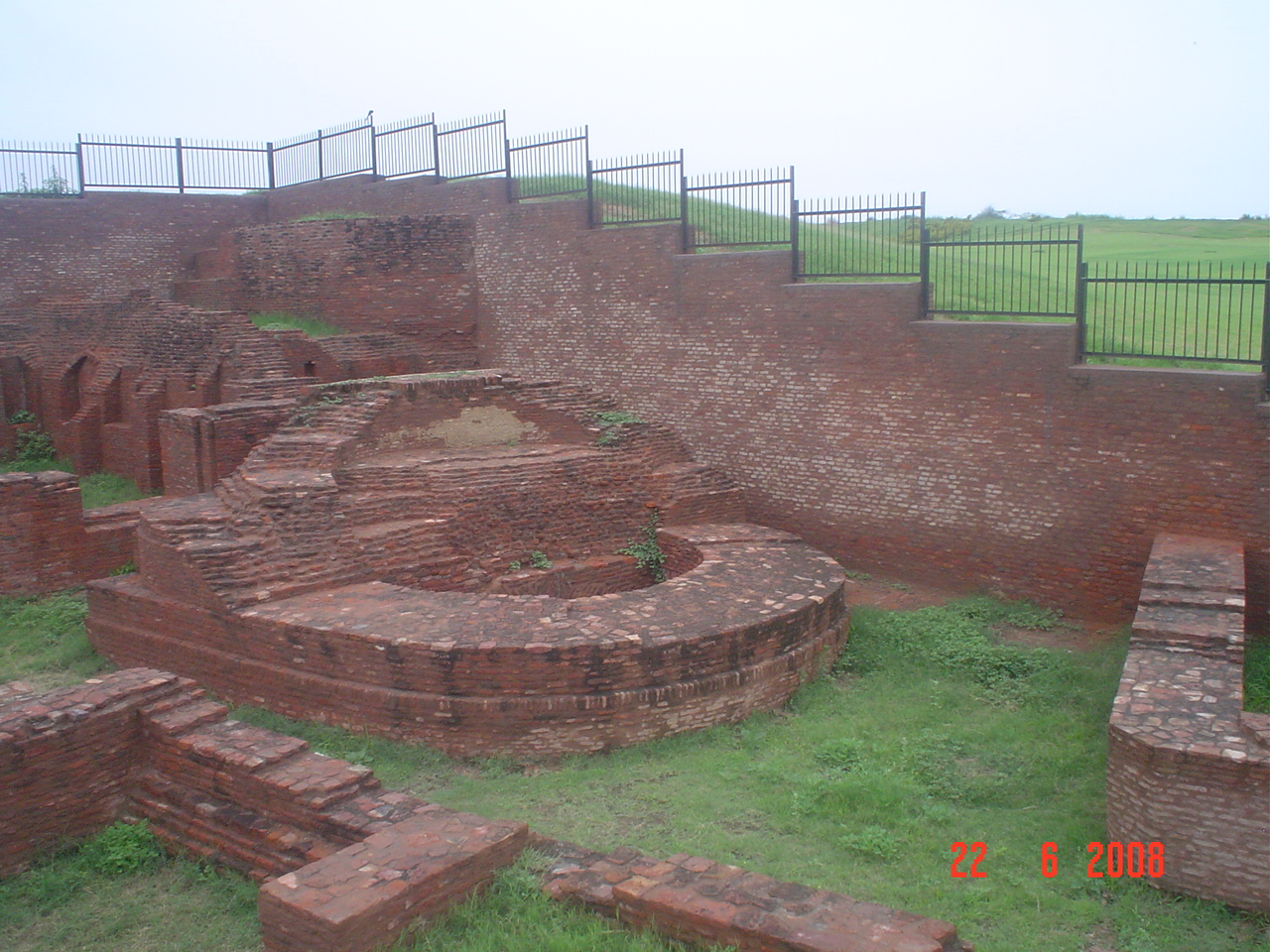|
Slow And Fast Passenger Trains In India
The Slow and fast passenger trains are passenger train services of Indian Railways which connect small towns and cities to metropolitan cities in India. The classification ''Passenger'' means it is an ordinary passenger train which halts at all or most of the stations on the railway routes. Currently, a total of 3572 passenger trains are running of all railway zones of Indian Railways. History The country's first passenger train ran in Western India between Bombay Bori Bunder (now Chhatrapati Shivaji Terminus) and Thane on 16 April 1853. The 14-carriage train was hauled by three steam locomotives: the ''Sahib'', ''Sindh'', and ''Sultan''. Travelling , the train carried 400 people. The line was built and operated by the Great Indian Peninsula Railway (GIPR). It was built in broad gauge, which became the country's standard for railways. First passenger train from Eastern India, ran from Howrah (near Calcutta, now Kolkata) to Hoogly, a distance of , on 15 August 1854. The line w ... [...More Info...] [...Related Items...] OR: [Wikipedia] [Google] [Baidu] |
Indian Railways
Indian Railways is a state-owned enterprise that is organised as a departmental undertaking of the Ministry of Railways (India), Ministry of Railways of the Government of India and operates India's national railway system. , it manages the fourth List of countries by rail transport network size, largest national railway system by size with a track length of , running track length of and route length of . , 96.59% of the broad-gauge network is Railway electric traction, electrified. With more than 1.2 million employees, it is the world's List of companies by employees, ninth-largest employer and List of largest employers in India, India's second largest employer. In 1951, the Indian Railways was established by the amalgamation of 42 different railway companies operating in the country, spanning a total of . The railway network across the country was reorganized into six regional zones in 1951–52 for administrative purposes, which was gradually expanded to 18 zones over the ye ... [...More Info...] [...Related Items...] OR: [Wikipedia] [Google] [Baidu] |
Electric Multiple Unit
An electric multiple unit or EMU is a multiple-unit train consisting of self-propelled carriages using electricity as the motive power. An EMU requires no separate locomotive, as electric traction motors are incorporated within one or a number of the carriages. An EMU is usually formed of two or more semi-permanently coupled carriages. However, electrically powered single-unit railcars are also generally classed as EMUs. The vast majority of EMUs are passenger trains but versions also exist for carrying mail. EMUs are popular on intercity, commuter, and suburban rail networks around the world due to their fast acceleration and pollution-free operation, and are used on most rapid-transit systems. Being quieter than diesel multiple units (DMUs) and locomotive-hauled trains, EMUs can operate later at night and more frequently without disturbing nearby residents. In addition, tunnel design for EMU trains is simpler as no provision is needed for exhausting fumes, although retrofitting ... [...More Info...] [...Related Items...] OR: [Wikipedia] [Google] [Baidu] |
Multiple Unit
A multiple-unit train (or multiple unit (MU)) is a self-propelled train composed of one or more Coach (rail), carriages joined, and where one or more of the carriages have the means of propulsion built in. By contrast, a locomotive-hauled train has all of the carriages unpowered. An implication of this is that all the powered carriages needs to be controllable by a single engineer or driver, which is a case of the broader concept of multiple-unit train control. In other words, all "multiple units" employ some variation of multiple-unit train control. In the broader context "unit" means any powered rail vehicle, including locomotives (that does not carry cargo) and powered cargo-carrying carriages. In the context of this article, "unit" refers specifically to the latter only (whether the cargo is passengers or some other cargo). What follows is that if coupled to another multiple unit, all MUs can still be controlled by the single driver, with multiple-unit train control. ... [...More Info...] [...Related Items...] OR: [Wikipedia] [Google] [Baidu] |
WDM-2
The Indian locomotive class WDM-2 is a class of diesel–electric locomotive that was developed in 1962 by American Locomotive Company (ALCO) for Indian Railways. The model name stands for 5 ft 6 in gauge railway, broad gauge (W), Diesel (D), Mixed traffic (M) engine, 2nd generation (2). They entered service in 1962. A total of more than 2,700 WDM-2 was built at ALCO and Banaras Locomotive Works (BLW or DLW, as it was formerly Diesel Locomotive Works), Varanasi between 1962 and 1998, which made them the most numerous class of mainline diesel locomotive until its successor the Indian locomotive class WDM-3A, WDM-3A. The WDM-2 is one of the most successful locomotives of Indian Railways serving both passenger and freight trains for over 60 years. A few WDM-2 units were exported to neighbouring countries like Sri Lanka Railways, Sri Lanka and Bangladesh Railway, Bangladesh. Despite the introduction of more modern types of locomotives like Indian locomotive class WDG-4, WDG-4 and e ... [...More Info...] [...Related Items...] OR: [Wikipedia] [Google] [Baidu] |
WAG-7
The Indian locomotive class WAG-7 is a class of 25 kV AC electric locomotives that was developed in 1990 by Chittaranjan Locomotive Works for Indian Railways. The model name stands for broad gauge (W), alternating current (A), goods traffic (G) engine, 7th generation (7). They entered service in 1992. A total of 1974 WAG-7 were built at CLW and BHEL between 1990 and 2015 by CLW and 2009 and 2023 by BHEL which made them the most numerous class of mainline electric locomotive till its successor the WAG-9. The WAG-7 is one of the most successful locomotives of Indian Railways, serving freight trains since its introduction in 1990. Even though with the advent of new 3-phase locomotives like WAG-9 and WAG-12, all WAG-7 locomotives except ones destroyed in accidents, are in service and doing all types of duties. History The history of WAG-7 begins in the early 1990s with the aim of addressing the shortcomings of the previous WAG-5 class and remove steam locomotives from IR by ... [...More Info...] [...Related Items...] OR: [Wikipedia] [Google] [Baidu] |
WAG-5
The Indian locomotive class WAG-5 is a class of 25 kV AC electric locomotives that was developed in 1978 by Chittaranjan Locomotive Works for Indian Railways. The model name stands for broad gauge (W), alternating current (A), goods traffic (G) engine, 5th generation (5). They entered service in 1980. A total of 1196 WAG-5 were built at CLW and BHEL between 1978 and 1998, which made them the most numerous class of mainline electric locomotive until the introduction of its successor, the WAG-7. The WAG-5 is one of the most successful locomotives of Indian Railways currently serving both freight and passenger trains for over 43 years. This class provided the basic design for a number of other locomotives, like WAG-7 and the WCM-6. However, with the advent of new 3-phase locomotives like WAG-9 and WAG-12, the WAG-5 locomotives were relegated to hauling smaller passenger trains and now the aging fleet the WAG-5 locomotives are rapidly being withdrawn from mainline duties and ... [...More Info...] [...Related Items...] OR: [Wikipedia] [Google] [Baidu] |
WAM-4
The Indian locomotive class WAM-4 is a class of 25 kV AC electric locomotives that was developed in 1970 by Chittaranjan Locomotive Works (CLW) for Indian Railways. The model name stands for broad gauge (W), alternating current (A), mixed traffic (M) locomotive, 4th generation (4). They entered service in March 1971. A total of 500 WAM-4 were built at CLW between 1970 and 1983, which made them the most numerous class of mainline electric locomotive till its successor the WAG-5. The WAM-4 is one of the most successful locomotives of Indian Railways having served both passenger and freight trains for over 52 years. This class provided the basic design for a number of other locomotives like WCAM-1, WAG-5A, WCG-2, and some WAP-1 models. However, with the advent of new 3-phase locomotives like WAP-5 and WAP-7, the WAM-4 locomotives were relegated to hauling smaller passenger trains and most of the units have been scrapped. A few units are in service performing backup and ... [...More Info...] [...Related Items...] OR: [Wikipedia] [Google] [Baidu] |
Locomotive
A locomotive is a rail transport, rail vehicle that provides the motive power for a train. Traditionally, locomotives pulled trains from the front. However, Push–pull train, push–pull operation has become common, and in the pursuit for longer and heavier freight trains, companies are increasingly using distributed power: single or multiple locomotives placed at the front and rear and at intermediate points throughout the train under the control of the leading locomotive. Etymology The word ''locomotive'' originates from the Latin language, Latin 'from a place', Ablative case, ablative of 'place', and the Medieval Latin 'causing motion', and is a shortened form of the term ''locomotive engine'', which was first used in 1814 to distinguish between self-propelled and stationary steam engines. Classifications Prior to locomotives, the motive force for railways had been generated by various lower-technology methods such as human power, horse power, Gravity railroad, g ... [...More Info...] [...Related Items...] OR: [Wikipedia] [Google] [Baidu] |
Multiple Unit
A multiple-unit train (or multiple unit (MU)) is a self-propelled train composed of one or more Coach (rail), carriages joined, and where one or more of the carriages have the means of propulsion built in. By contrast, a locomotive-hauled train has all of the carriages unpowered. An implication of this is that all the powered carriages needs to be controllable by a single engineer or driver, which is a case of the broader concept of multiple-unit train control. In other words, all "multiple units" employ some variation of multiple-unit train control. In the broader context "unit" means any powered rail vehicle, including locomotives (that does not carry cargo) and powered cargo-carrying carriages. In the context of this article, "unit" refers specifically to the latter only (whether the cargo is passengers or some other cargo). What follows is that if coupled to another multiple unit, all MUs can still be controlled by the single driver, with multiple-unit train control. ... [...More Info...] [...Related Items...] OR: [Wikipedia] [Google] [Baidu] |
Locomotive
A locomotive is a rail transport, rail vehicle that provides the motive power for a train. Traditionally, locomotives pulled trains from the front. However, Push–pull train, push–pull operation has become common, and in the pursuit for longer and heavier freight trains, companies are increasingly using distributed power: single or multiple locomotives placed at the front and rear and at intermediate points throughout the train under the control of the leading locomotive. Etymology The word ''locomotive'' originates from the Latin language, Latin 'from a place', Ablative case, ablative of 'place', and the Medieval Latin 'causing motion', and is a shortened form of the term ''locomotive engine'', which was first used in 1814 to distinguish between self-propelled and stationary steam engines. Classifications Prior to locomotives, the motive force for railways had been generated by various lower-technology methods such as human power, horse power, Gravity railroad, g ... [...More Info...] [...Related Items...] OR: [Wikipedia] [Google] [Baidu] |
Haryana
Haryana () is a States and union territories of India, state located in the northern part of India. It was carved out after the linguistic reorganisation of Punjab, India, Punjab on 1 November 1966. It is ranked 21st in terms of area, with less than 1.4% () of India's land area. The state capital is Chandigarh, which it shares with the neighbouring state of Punjab; the most populous city is Faridabad, a part of the National Capital Region (India), National Capital Region. The city of Gurgaon is among India's largest financial and technology hubs. Haryana has Divisions of Haryana, administrative divisions, List of districts of Haryana, districts, 72 sub-divisions, 93 tehsil, revenue tehsils, 50 sub-tehsils, 140 Community development block in India, community development blocks, 154 List of cities in Haryana by population, cities and towns, 7,356 villages, and 6,222 Gram panchayat, villages panchayats. Haryana contains 32 special economic zones (SEZs), mainly located within the ... [...More Info...] [...Related Items...] OR: [Wikipedia] [Google] [Baidu] |
Barddhaman
Bardhaman (, ), officially Bardhaman Sadar, is a city and municipality in the state of West Bengal, India. It is the headquarters of Purba Bardhaman district, having become a district capital during the period of British rule. Burdwan, an alternative name for the city, has remained in use since then. Etymology The history of Burdwan is known from about 5000 BC (the Mesolithic or Late Stone Age). The origin of this name dates back to the sixth century BCE and is ascribed to Vardhamāna or Mahāvīra (599-527 BCE), the 24th Tīrthāṅkara of Jainism, who spent some time in Astikagrama, according to the Jain scripture of Kalpa Sūtra. This place was renamed as ''Vardhamana'' in his honour. History The city owes its historical importance to being the headquarters of the Maharajas of Burdwan, the premier noblemen of lower Bengal, whose rent-roll was upwards of 300,000. Bardhaman Raj was founded in 1657 by Sangam Rai, of a Hindu Khatri family of Kotli in Lahore, Punjab, whos ... [...More Info...] [...Related Items...] OR: [Wikipedia] [Google] [Baidu] |









